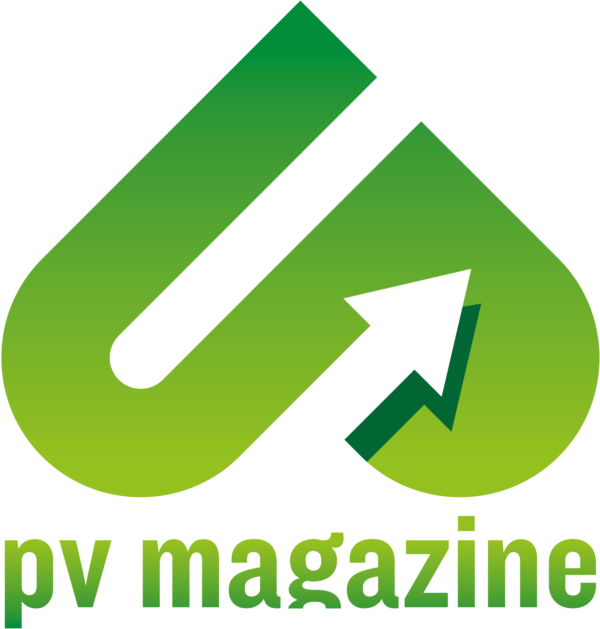 In the fourth quarter, pv magazine’s UP initiative is turning its attention to the topic of PV module recycling. With huge projected volumes of waste edging ever nearer, the topic is gathering speed on a global level. But how can the tension between economic viability and equipment lifetimes of up to 30 years and beyond be addressed? And what is happening in the field of recycling technology? Will it ever be possible to extract the most valuable materials from today’s PV modules?
In the fourth quarter, pv magazine’s UP initiative is turning its attention to the topic of PV module recycling. With huge projected volumes of waste edging ever nearer, the topic is gathering speed on a global level. But how can the tension between economic viability and equipment lifetimes of up to 30 years and beyond be addressed? And what is happening in the field of recycling technology? Will it ever be possible to extract the most valuable materials from today’s PV modules?
pv magazine 09/2020
Waste not want not: Presentation of the quarterly theme.
pv magazine 10/2020
Circular innovations: Slowly but surely, environmental concerns are making their way into mainstream thought throughout the PV industry. A look at recycling offers an example of this, with stakeholders trying to get ahead of the high volumes of end-of-life modules already on the horizon.
Limited risk of PV for landfill: While it’s far from ideal to have solar modules dumped in a landfill, in much of the world today, it’s a likely outcome. The silver lining to this dark cloud is that research published this year indicates that PV modules likely pose limited risks to human health, even using the most conservative assumptions.
pv magazine 11/2020
The afterlife of solar panels: In a recent analysis of PV recycling, BloombergNEF detailed six conclusions for the solar industry and those who are trying to make it more circular. Cecilia L’Ecluse, solar associate, and Julia Attwood, head of advanced materials at BloombergNEF share these conclusions as part of our quarterly theme on PV module recycling.
Recycling needs material quotas: The EU Directive on Waste Electrical and Electronic Equipment remains the primary legislation setting the requirements for the recycling of photovoltaic panels in Europe. pv magazine examines whether the policy is in need of a drastic update, and what it can be done to improve the sustainability of the PV sector through recycling.
pv magazine 12/2020
Aware but unprepared: The solar industry cannot claim to be a clean energy source if it leaves a trail of hazardous waste. But, in the absence of a cogent PV recycling policy, the United States risks sending millions of solar modules and tons of toxics to landfill in the coming years. A new initiative by Recycle PV Solar seeks to address this problem.
Sustainable PV goes beyond recycling: Despite significant progress on material and energy efficiency in solar PV manufacturing over the last few decades, terawatt-scale manufacturing mandates further innovation and improvement along all parts of the value chain – especially on material circularity and supply chain decarbonization, according to Andreas Wade, global sustainability director at First Solar. Ensuring these objectives are met will be key to adhering to the global carbon budget for 1.5 C.
‘Circular economy is the most pressing challenge’: This year has been extraordinary for businesses. The Covid-19 pandemic has shaken global markets, forcing many companies to rethink their daily operations. Despite these challenging times, it is crucial to keep environmental goals in focus – indeed, it can be argued they are more pertinent than ever. CEO Jürgen Reinert recently spoke to pv magazine about the progress inverter manufacturer SMA, a partner of the UP initiative, has made reducing its carbon footprint and use of toxic substances. It is also focusing on circular economy principles, despite the tough times.
Back to the UP Initiative feature page
This page was last updated on February 12, 2021.